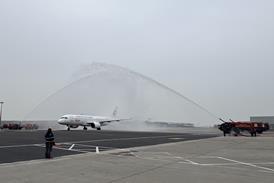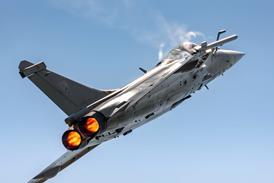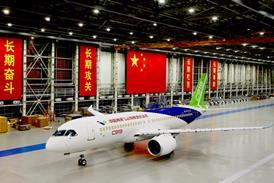Dangerous conflicts between general aviation, military and airline traffic outside controlled airspace in the UK have become so common that the Civil Aviation Authority and air navigation service provider NATS have launched a consultation on proposed new systems for risk reduction.
This measure follows a recently instigated programme to reduce inadvertent infringements of controlled airspace, mainly by GA aircraft operating under visual flight rules.
Research carried out within the GA community has determined that users want a flight information service that does not place any more restrictions upon visual flight rules (VFR) traffic than the International Civil Aviation Organisation's definition of a flight information service would, but they want additional options for deconfliction and navigational guidance if required.
Research has also revealed that there is no common definition within European countries for the provision of air traffic services outside controlled airspace.
Consultation so far has yielded a proposal that UK air traffic services outside controlled airspace should abandon the existing service options beyond a non-surveillance flight information service, such as a radar information service or radar advisory service that can be provided subject to capacity, and replace those with a range of more carefully defined options.
These would all be categorised as flight information services, but at four different levels: basic traffic deconfliction and procedural.
The CAA acknowledges that this change would have to be accompanied by "an extensive educational package", because even the established terms radar information service and radar advisory service are widely misunderstood by pilots in all sectors of the aviation community, says the authority.
Meanwhile NATS, worried about the increasing risk of inadvertent incursions into the London terminal control zone, has invested its own financial resources in extending a free-of-charge London area lower airspace radar advisory service based at Farnborough to the south-west of Heathrow.
Source: Flight International























